Music royalties work by ensuring that every time a song is sold, streamed, broadcast, or licensed, a payment is made to the rightful creators and owners.
These royalties are tracked by collection agencies, calculated based on usage, and then distributed to songwriters, artists, producers, and publishers according to pre-agreed shares. If a song is played on Spotify, synced in a movie, or performed live, this system ensures that creative contributions are never exploited without fair compensation.
In this article, I’ll explore the different types of royalties, who earns them, how they’re collected, and what affects payout amounts.
What Are Music Royalties?
Music royalties are payments made to rights holders, like songwriters, performers, producers, and record labels, whenever their music is used or monetized. This includes streams on platforms like Spotify, radio airplay, digital downloads, physical sales, live performances, and sync placements in films or commercials.

Royalties ensure that those who contribute creatively or financially to a track are compensated fairly and equitably. These payments are protected under copyright law and are a vital income source in the music industry.
Types of Music Royalties
Here are four main types of music royalties and how each one helps artists and rights holders earn money when their music is used.
| No | Royalty Type | How It’s Earned | Who Gets Paid |
|---|---|---|---|
| 1 | Mechanical Royalties | Music is sold or streamed | Songwriters, Publishers |
| 2 | Performance Royalties | Music is played publicly or broadcast | Songwriters, Publishers, Performing Artists |
| 3 | Sync Royalties | Music is used in movies, ads, TV, games, etc. | Songwriters, Publishers, Rights Holders |
| 4 | Print Royalties | Sheet music is sold or copied | Songwriters, Publishers |
Each royalty type plays a crucial role in ensuring that everyone involved in the creation and distribution of music, from writers to performers, receives fair compensation whenever the music is used or monetized.
1. Mechanical Royalties
Mechanical royalties are earned when a song is mechanically reproduced, meaning anytime it’s pressed onto vinyl, burned onto a CD, downloaded digitally, or streamed on platforms like Spotify or Apple Music. You can learn more about Apple Music’s free trial offerings to explore how new listeners might discover your music.
While streaming also triggers performance royalties, the mechanical portion compensates the songwriter and publisher for the song’s composition being distributed to listeners. These royalties are usually paid by record labels or streaming services to publishing rights holders.
2. Performance Royalties
These royalties are earned whenever a song is played publicly, on radio, TV, live venues, restaurants, or digital platforms like Pandora. Collected by PROs, they pay songwriters, composers, and publishers for public performances or broadcasts.
Even background music in a coffee shop or a DJ set at a wedding counts toward this royalty type. For artists looking to maximize their streaming presence, understanding the most streamed albums on Spotify can provide insights into what drives high-performance royalty earnings.
3. Sync (Synchronization) Royalties
Sync royalties are earned when a piece of music is “synchronized” with visual media. This includes movies, TV shows, advertisements, trailers, and even YouTube videos or video games. A sync license must be negotiated, often through a music supervisor, and can be quite lucrative.
These royalties are typically split between the owner of the master recording and the publishing rights holder. Fees vary widely depending on the exposure and scale of the project. The music industry has been extensively covered in various music documentaries that showcase how sync deals can transform an artist’s career overnight.
4. Print Royalties
Print royalties come from the sale, reproduction, or licensing of sheet music. This income goes to songwriters and publishers and is more relevant in genres like classical music, choral arrangements, or educational settings where printed scores are used.
While less common in mainstream pop, print royalties still represent an important revenue stream, especially in schools, orchestras, or institutions that license music for instruction or performance. Many aspiring musicians studying at top music schools worldwide learn about the importance of print royalties in their music business coursework.
Who Gets Paid Music Royalties?
Music royalties don’t just go to the person singing the song. In reality, several people behind the scenes get a slice of the pie every time a track earns money. Here’s a breakdown of the main parties involved:
1. Songwriters and Composers
These are the people who write the lyrics and compose the melody of a song. They earn mechanical, performance, and sync royalties whenever their work is sold, streamed, played publicly, or used in media.

In most cases, royalties from compositions are split 50/50 between the songwriter and their publisher. So, if a song earns $1 in publishing royalties, the writer usually gets 50 cents.
2. Music Publishers
Publishers are responsible for managing the songwriter’s rights, licensing the music, registering it with royalty collection agencies, and ensuring that all royalties are tracked and paid.
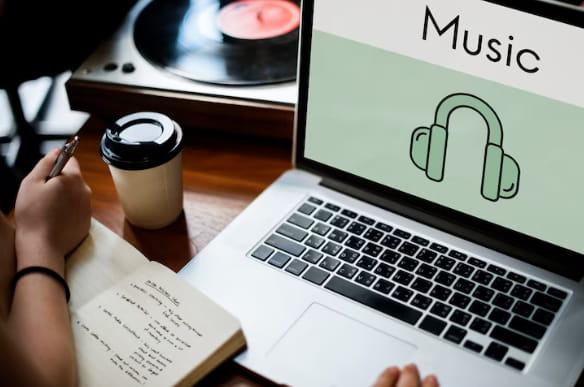
In return, they typically receive the publisher’s share of royalties, usually the other 50% of what the songwriter earns from publishing income. Some publishers offer administration deals, where the songwriter keeps a larger cut but gets less hands-on support.
3. Recording Artists and Performers
If you’re the one who recorded the track (even if you didn’t write it), you’re entitled to master royalties. These are royalties tied to the actual sound recording, not the written composition.
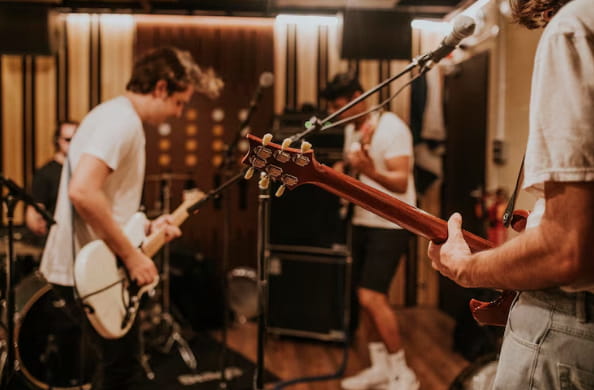
When your song is streamed, played on digital radio, or used in any setting that involves the master recording, you receive payment. In the US, organizations like SoundExchange collect and distribute these royalties to featured artists and rights holders.
It’s worth noting that if you’re covering someone else’s song, you’ll need to understand if you need permission to cover a song and how that affects your royalty earnings.
4. Record Labels
Record labels usually own the master recording and take a large share of the royalties from sales and streams. They typically front the costs for recording, marketing, and distribution, so they recoup those expenses first before paying the artist their share.
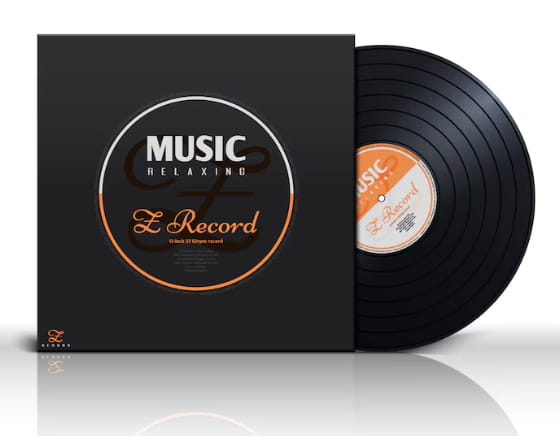
After recoupment, artists receive a percentage of the master royalties, often 10–20%, depending on the deal. Labels often distinguish between different types of releases, understanding the difference between an album and a mixtape can help artists negotiate better terms for their specific project type.
5. Music Producers
Producers play a huge creative role in shaping the final sound of a song, and they’re compensated through what’s known as “producer points.”
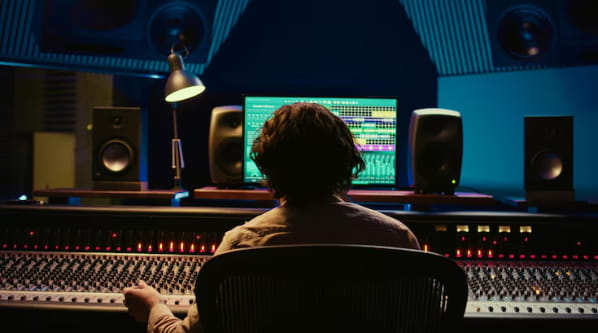
These points typically translate to a 3–5% cut of the master revenue, although top-tier producers may negotiate a larger share or a percentage of the artist’s royalties. Some producers may also receive a one-time fee upfront, especially for indie projects.
When releasing music that might require content warnings, producers also need to consider parental advisory labels which can affect distribution and royalty collection.
How Are Music Royalties Collected?
Music royalties are collected through a mix of performing rights organizations (PROs), licensing agencies, and streaming platforms. PROs like ASCAP, BMI, and PRS track public performances and collect royalties from radio, TV, and venues.

The Mechanical Licensing Collective (MLC) handles mechanical royalties from digital services in the U.S. SoundExchange manages digital performance royalties for master recordings. These organizations gather usage data, collect license fees, and distribute payments to songwriters, publishers, performers, and rights holders.
How Much Money Do Artists Make From Royalties?
Artists’ royalty earnings differ widely depending on the platform, deal terms, and geographic region. For example, Spotify pays an average of $0.003–$0.005 per stream, though rates are higher in countries with premium users and depend on pro-rata revenue split – about 70% of revenue goes to rights holders.
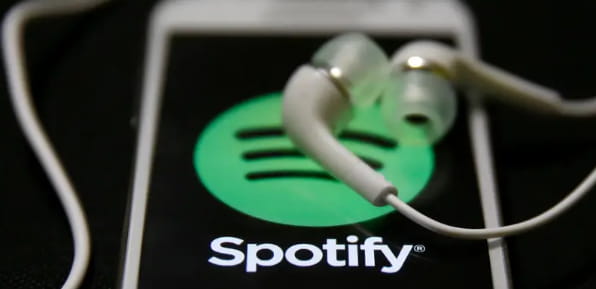
YouTube Music pays lower rates, around $0.0007–$0.0011 per stream, but artists may also earn via ad revenue and Content ID monetization. YouTube Music pays lower rates, around $0.0007–$0.0011 per stream, but artists may also earn via ad revenue and Content ID monetization.
Related Reads:
Conclusion: Music Royalties Ensure Creators Are Paid Every Time Their Work Is Used!
Music royalties are the financial engine behind the music industry, ensuring that everyone involved, from songwriters and performers to producers and publishers, is fairly compensated whenever their work is used.
These royalties come in different forms, mechanical, performance, sync, and print, and are tracked and distributed through PROs, licensing agencies, and streaming platforms. Understanding how royalties work is key for anyone in or curious about the music business.
If you found this article helpful, don’t forget to share it with your friends or drop a comment below!
FAQs
Absolutely. Independent artists can register with PROs, distribute through platforms like DistroKid or TuneCore, and collect royalties directly from streaming, sales, and sync licensing deals.
Royalty systems vary worldwide. Different countries have their own PROs, legal frameworks, and collection methods, which can affect how much and how often artists get paid.
Unclaimed royalties are often held by collection agencies temporarily. If not claimed within a certain time, they may be redistributed, retained, or passed to government entities, depending on local laws.
Some distributors and platforms offer dashboards for royalty tracking, but full transparency across all revenue streams typically takes weeks or months due to processing and reporting delays.
Royalty income is considered taxable in most countries. Artists must report these earnings on their tax returns, and some may need to make estimated tax payments throughout the year.
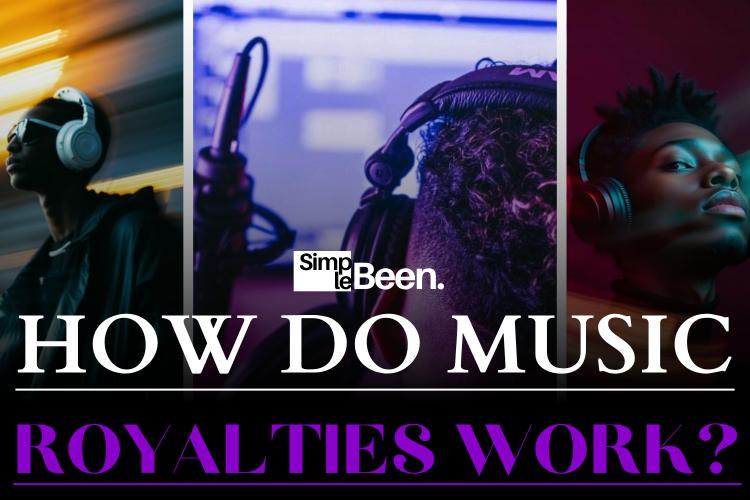

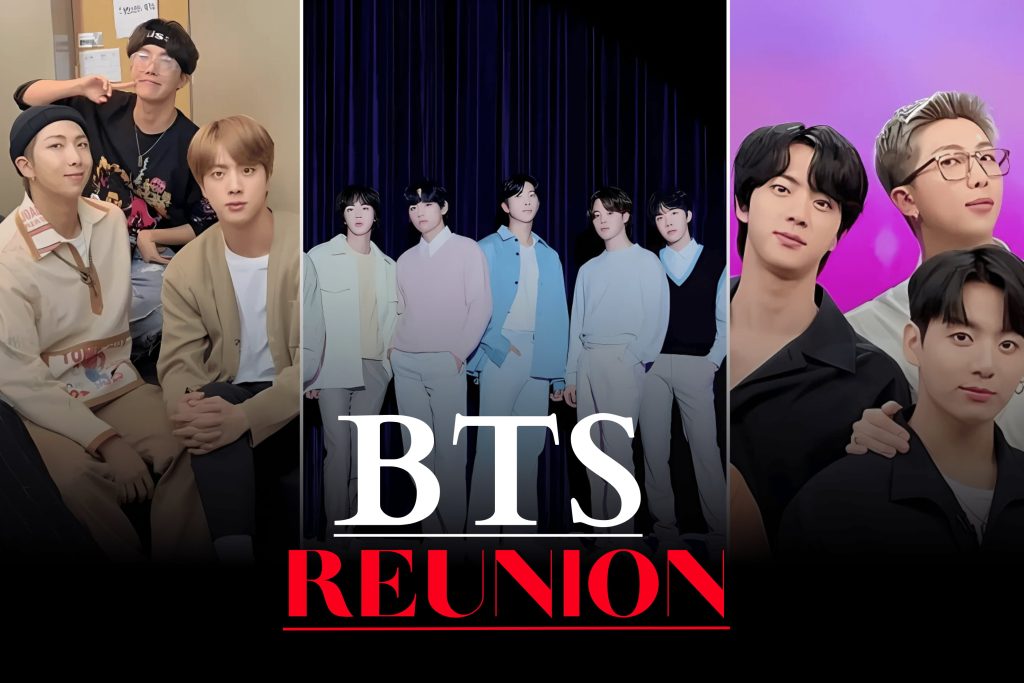
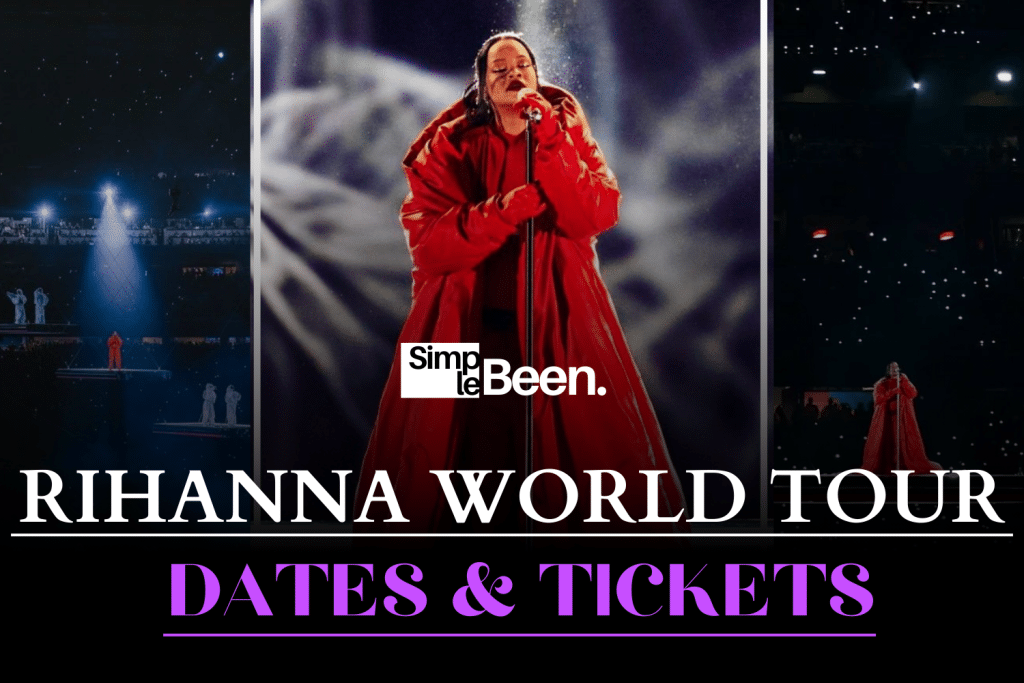




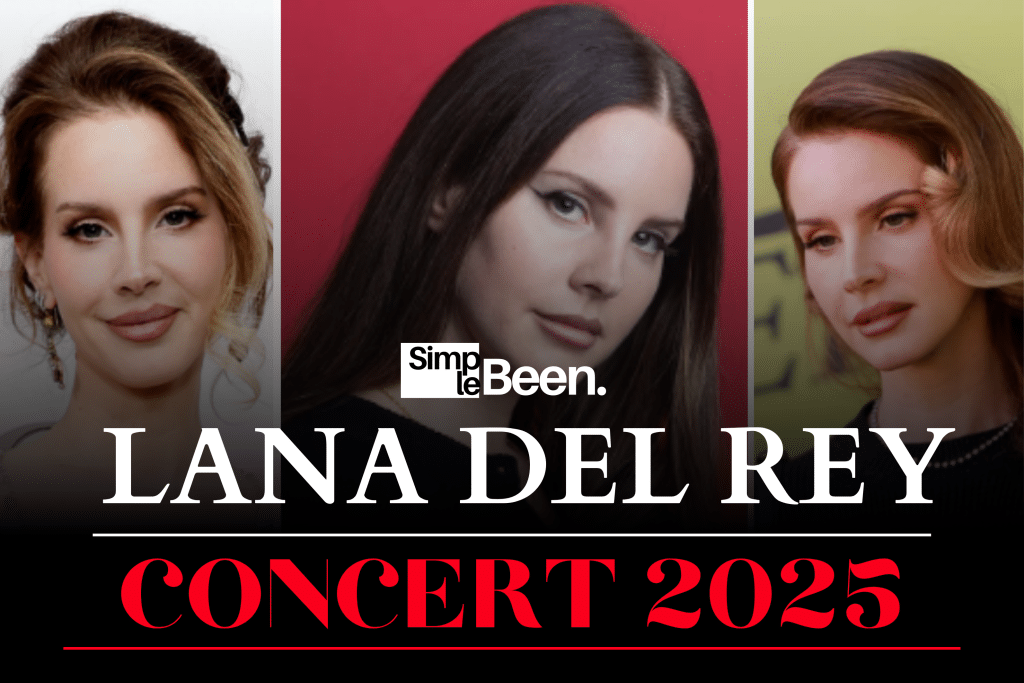

Leave a Comment